How to Store and Maintain Custom Packaging Inventory
In today’s competitive business landscape, custom packaging plays a crucial role in enhancing brand recognition, protecting products, and ensuring an exceptional customer experience. For businesses that rely on custom boxes, like TheBoxCrafting, managing your packaging inventory effectively is essential for maintaining smooth operations and protecting your investment.
Whether you’re storing Custom E Juice Labels, custom gift boxes, or any other specialized packaging, the way you store and maintain your inventory can have a lasting impact on its usability, quality, and cost-efficiency. In this blog post, we’ll dive deep into the best practices for storing and maintaining your custom packaging inventory. You’ll learn valuable insights that can help you maximize the shelf life, appearance, and functionality of your packaging.
Why Proper Storage of Custom Packaging Matters
Before diving into the specifics of how to store custom packaging inventory, let’s first discuss why it matters. Proper storage and maintenance directly affect:
- Durability and Quality: Custom packaging is designed with premium materials and prints. Improper storage can result in warped boxes, faded prints, or other forms of damage, diminishing the overall quality.
- Cost-Efficiency: Storing packaging materials incorrectly can lead to wastage. For example, boxes may get crushed, or labels might get smudged, resulting in the need for replacements.
- Brand Presentation: Your packaging represents your brand. Storing it in optimal conditions ensures that it maintains its integrity, protecting your image and customer satisfaction.
- Inventory Management: Effective storage methods allow for easy access and organization, reducing the chances of overordering or running out of stock unexpectedly.
Best Practices for Storing Custom Packaging Inventory
- Choose a Dry, Cool Storage EnvironmentOne of the most critical factors in maintaining the integrity of your custom packaging is choosing the right storage environment. Custom packaging materials, especially those made of paper or cardboard, are highly sensitive to environmental changes.
- Ideal temperature: Keep your inventory in a cool environment, ideally between 50°F to 70°F (10°C to 21°C). Avoid exposure to extreme heat, as this can cause paper products to warp, shrink, or degrade.
- Humidity control: Moisture is a common enemy of custom packaging. Excess humidity can cause cardboard to weaken, boxes to become misshapen, and print quality to deteriorate. Use dehumidifiers or climate-controlled storage areas to maintain a balanced humidity level of around 40-60%.
- Store Custom Boxes and Packaging on Flat SurfacesWhen storing large quantities of custom boxes, be sure to stack them on flat, sturdy surfaces. Storing them on an uneven surface can result in misalignment, warping, and creasing. Always avoid storing boxes on the floor, as it can expose them to dirt and moisture.
- Use pallets or shelves: For added protection, consider placing your packaging on pallets or shelves to avoid direct contact with the floor.
- Ensure boxes are stacked properly: Stack boxes neatly and evenly to prevent crushing and ensure they remain intact when you need them.
- Organize Packaging by Size, Type, and UsageProper organization of your custom packaging inventory will help streamline your operations and reduce the chances of confusion when picking boxes for specific projects or orders. By organizing packaging materials by their size, type, and usage, you’ll be able to quickly access what you need without wasting time.
- Label storage bins or shelving units: Clearly label each section or bin with the specific packaging type (e.g., “Custom E Juice Labels,” “Gift Boxes,” etc.) to easily locate them.
- Implement FIFO (First In, First Out): This is especially helpful if you have multiple stockpiles of the same type of packaging. Always use the oldest stock first to avoid deterioration over time.
- Use Protective Covers for Custom PackagingCustom packaging is often a direct representation of your brand, and protecting its appearance is essential. Use protective covers to shield the packaging from dust, dirt, and potential scratches.
- Plastic or dust covers: Consider using protective covers for stacks of custom boxes or Custom E Juice Labels to prevent damage. Make sure the covers are breathable to avoid moisture buildup.
- Avoid direct sunlight: Direct exposure to sunlight can fade colors, especially on printed packaging materials. Keep your inventory out of direct sunlight to preserve the vibrancy of the designs.
Maintenance Tips for Custom Packaging
Maintaining custom packaging goes beyond just storing it properly. You need to take active steps to preserve its condition and ensure it remains in good working order.
- Check Packaging Regularly for DamageIt’s essential to regularly check your packaging inventory for signs of damage. Over time, even properly stored packaging can become compromised due to environmental conditions or mishandling.
- Inspect for wrinkles, folds, and punctures: Check for any visible damage to the boxes or labels. Minor issues may worsen over time, so address them early.
- Ensure prints are intact: Keep an eye on the print quality of custom labels and boxes. If the print starts to fade or smudge, it could be a sign of poor storage or environmental exposure.
- Maintain an Inventory SystemAn effective inventory management system ensures that you never run out of packaging materials when you need them the most. This is especially important for custom packaging, where reorder lead times may be longer than with standard packaging.
- Use inventory tracking software: Software tools can help track inventory levels, reorder quantities, and usage patterns to ensure that you always have the right amount of stock.
- Regular audits: Conduct periodic audits of your inventory to ensure that the numbers match your records, and that you’re not storing excessive quantities that could degrade over time.
- Avoid Overordering Custom PackagingWhen you overstock on custom packaging, you run the risk of damage due to prolonged storage. Additionally, your packaging designs may become outdated, especially for businesses in industries like e-liquid or cosmetics, where packaging trends change frequently.
- Plan ahead: Work with your packaging supplier (like TheBoxCrafting) to forecast your packaging needs based on order volume. This helps ensure that you’re ordering the right amount of packaging at the right time.
- Monitor trends: Stay updated on packaging design trends to avoid ordering obsolete designs. Custom E Juice Labels, for example, may need to change in response to new market trends or regulatory updates.
Dealing with Common Issues in Custom Packaging Storage
Even with the best storage practices, some issues might arise when managing custom packaging. Here’s how to deal with them:
- Damaged Boxes or LabelsIf boxes are dented or labels are damaged, you may need to reprint or reorder. In some cases, packaging might be salvageable with minor repairs, especially if it’s not visibly noticeable.
- Minor repairs: For labels, consider using clear tape to seal any edges that have started to peel off.
- Reprinting: If print quality has degraded significantly, it might be necessary to reprint new labels or packaging materials.
- Packaging That Doesn’t Fit Products ProperlyCustom packaging is designed to fit your specific products. However, issues can arise where the packaging may not fit the product properly due to changes in product sizes or production errors.
- Reevaluating packaging design: Work with your packaging provider, such as TheBoxCrafting, to ensure that packaging sizes are optimized and functional for your products.
FAQs About Storing and Maintaining Custom Packaging
1. How long can custom packaging be stored before it deteriorates?
The lifespan of custom packaging depends on the materials used and storage conditions. When stored properly in a cool, dry place, most packaging can last for a year or more. However, paper-based packaging may degrade more quickly in humid or extreme environments.
2. Can I store custom packaging in bulk?
Yes, you can store custom packaging in bulk, but ensure that it is organized and protected from environmental factors like moisture, heat, or direct sunlight.
3. What’s the best way to organize custom packaging by type?
Use labeled shelves or bins for different packaging types. Ensure each section is clearly marked (e.g., “Custom E Juice Labels,” “Gift Boxes,” etc.), and implement FIFO (First In, First Out) for easy rotation.
4. How can I maintain the print quality of custom packaging?
To maintain print quality, store packaging away from direct sunlight and excessive humidity. Using protective covers or boxes will also help prevent scratches and fading.
Conclusion
Storing and maintaining custom packaging inventory is a vital part of running a business that relies on high-quality, custom-designed packaging. With the right storage environment, regular maintenance, and an effective inventory system, you can ensure that your packaging remains in pristine condition and is always ready for use when needed.
At TheBoxCrafting, we understand the importance of having packaging that stands out for both aesthetics and functionality. By following the best practices outlined in this guide, you can ensure that your custom packaging inventory remains in top condition, offering excellent protection and showcasing your brand in the best light.
For more information on custom packaging and design, visit TheBoxCrafting’s homepage.

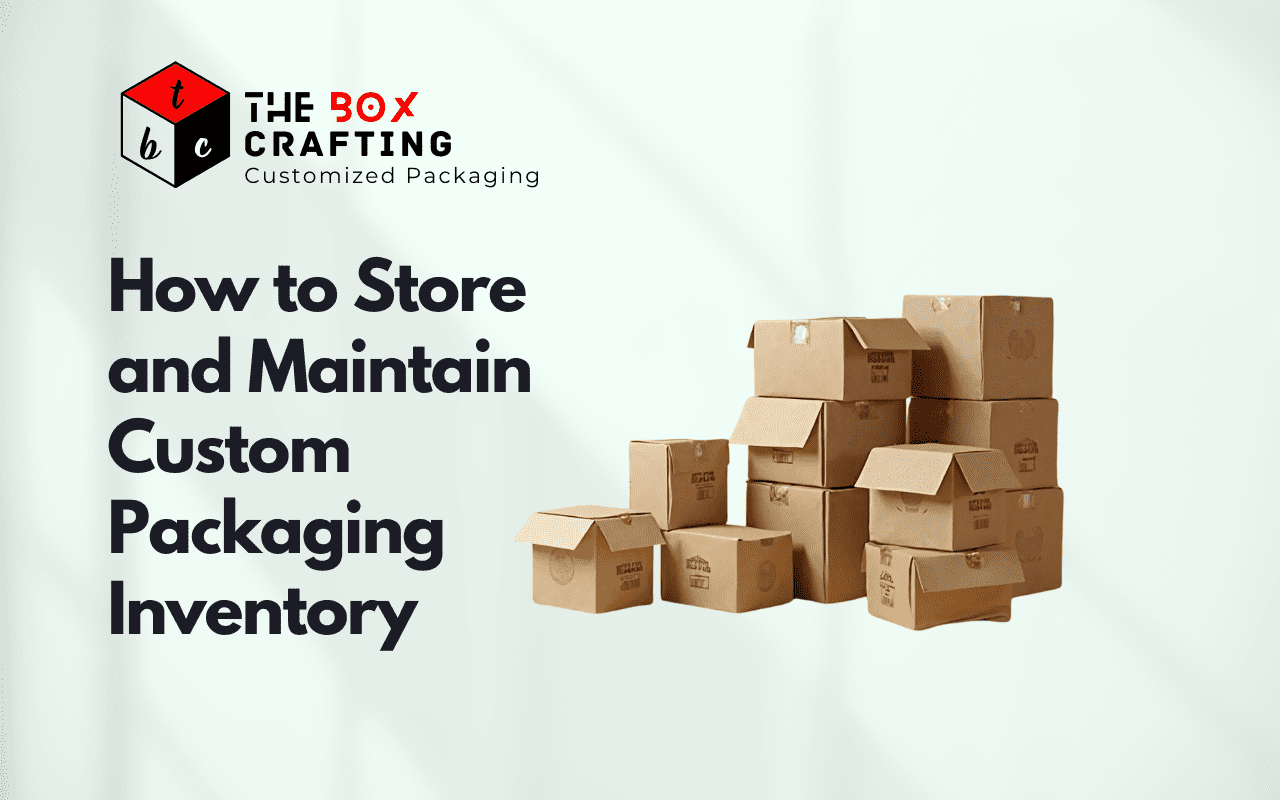

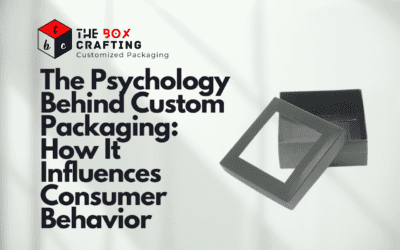
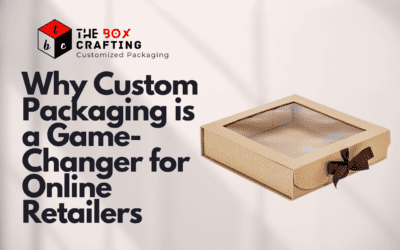

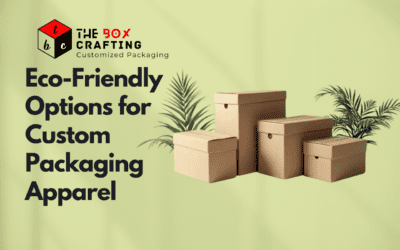
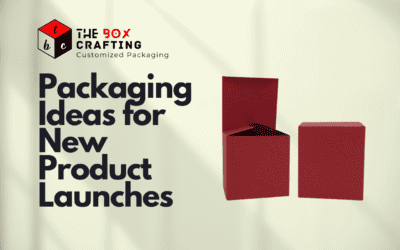
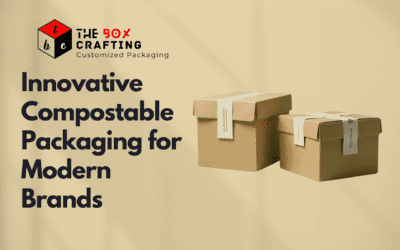

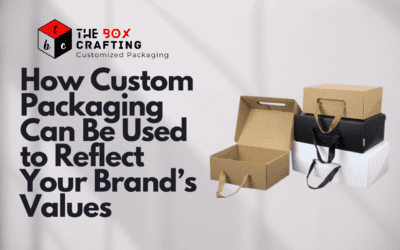

Leave a Reply